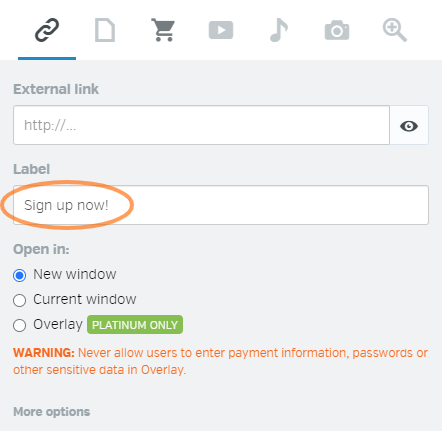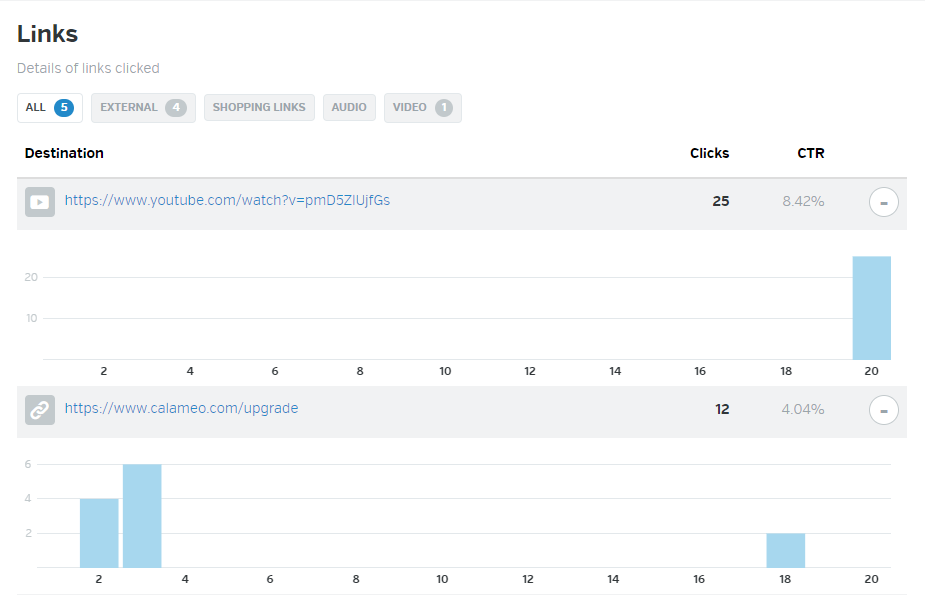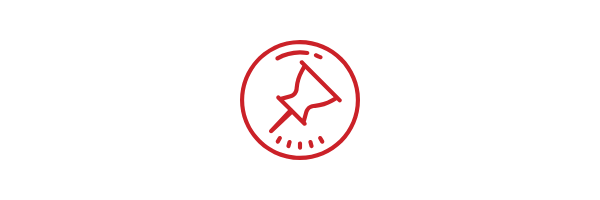There are advantages to digital publishing for everyone, but companies especially can benefit and take their business to the next level. Read on to find out how Calaméo and digital publishing can help your business.
Calaméo and digital publishing
Let’s first start by introducing Calaméo and digital publishing. Calaméo is a leading digital publishing platform where you can publish and share your documents for free. We transform your documents into interactive digital publications that you can share with the world. Brochures, newsletters, catalogs, magazines…all of these (and more!) are converted into beautiful flippable publications that can be enriched with media. Eliminate printed materials and switch to an online format for your documents.
If you are new to digital publishing, first find out if digital publishing is right for you. Or read about what content to publish with Calaméo if you are looking for inspiration! As you can imagine, companies use digital publishing in many different ways. Let’s explore these different uses for digital publishing and see how your business could benefit.
💡 TIP: Another bonus to digital publishing? Tracking your publication’s statistics. Learn how here!
Marketing and communications
An online presence is crucial for businesses, so consider using a digital publishing platform like Calaméo for professional purposes. Have a product to sell or an idea to share? Digital publishing is a great sales, marketing, and communication tool. Try using digital publishing to upload and share your catalog or brochure online. PLATINUM members can use our Shopping links feature to sell products directly from the publication and make the customer journey shorter and easier.
Interactivity
One of the best things about digital publishing that sets it apart from printed media is that it is an interactive experience. Flip the page, click on links, watch videos, zoom in and out…the list goes on! Add a call to action to your publication to give your customers a clear path. Create a clickable button that directs the readers to the next step, whether that is to complete their purchase, find out more about your service, or to learn more on your website.
Personalization
Another way that Calaméo can make your business shine is with personalization. Add your logo to the viewer or opt for our White Label feature! You can even tailor Calaméo’s viewer to your company’s colors and brand image with a custom Theme. [link Chloé liseuse article?].
Follow this tutorial to create a unique Theme that shows off your digital publication and your company’s style: Themes tutorial.
Sharing and embedding
Printed business materials are quickly going by the wayside. Consumers today prefer to receive information digitally. By transforming your documents into digital publications, your business can share materials instantaneously with a large audience. You have several options for sharing your digital publication, depending on the channel that works best for you and your (potential) customers.
Once you have created your digital publication, consider embedding it into your blog or website. Your website visitors will be able to view your publication while on your website, creating a complementary user experience. Learn how to embed your documents in a website here: Embed tutorial.
With Calaméo, you have full control over who can see your publications. Spread your message far and wide with a large audience with public access. Conversely, you can keep your audience small by sharing privately or using our Subscribers feature. However and with whomever you choose to share your publications, Calaméo has an option for you!
Try it out
Want to see for yourself where Calaméo can take your business? Try our PLATINUM features for free with a two-week demo! Join millions of other digital content creators on Calaméo and turn your documents into rich digital publications.









